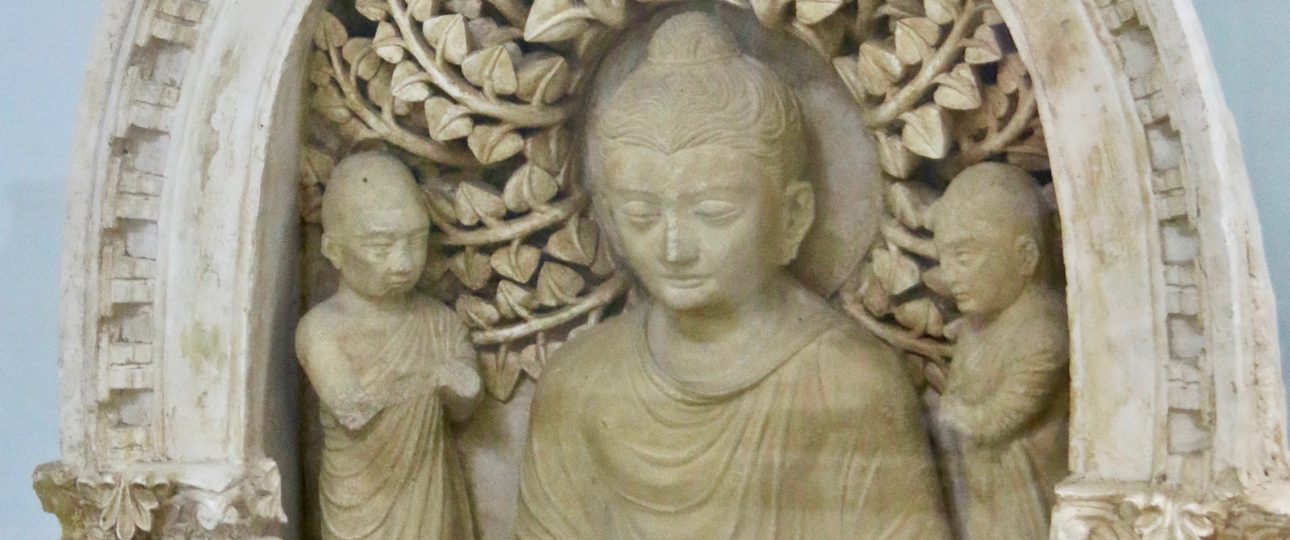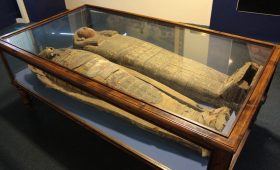The Termez Archaeological Museum: Exploring Ancient Treasures in Uzbekistan
As a traveler with a keen interest in history, I recently explored the Termez Archaeological Museum in Uzbekistan. Located in southern Uzbekistan, Termez is a city with a rich historical tapestry, having been a significant hub on the Silk Road. This museum offers a fascinating glimpse into the region’s past, showcasing artifacts from various eras and civilizations.
Unearthing the Past: A Glimpse into Termez’s History
Termez is one of Central Asia’s oldest cities, with a history stretching back thousands of years. It has seen the rise and fall of many empires, from the ancient Bactrian civilization to the Islamic conquests. Its strategic location on the Silk Road made it a melting pot of cultures, leaving behind a wealth of archaeological treasures. The Termez Archaeological Museum serves as a portal to this ancient world, offering insights into the diverse civilizations that once thrived here.
Discovering the Termez Archaeological Museum
Upon entering the museum, you’re greeted by a diverse collection of artifacts spanning centuries. The exhibits include intricately carved stone statues, delicate pottery, and ancient manuscripts, providing a comprehensive overview of Termez’s vibrant past. The museum is organized into sections dedicated to specific eras, allowing visitors to explore the cultural and artistic developments over time.
The Ancient Bactrian Civilization
The museum’s collection from the ancient Bactrian civilization is particularly noteworthy. This civilization flourished from the 2nd millennium BCE to the 4th century BCE, leaving behind a legacy of art and architecture. Visitors can admire intricate gold jewelry, finely crafted pottery, and beautifully carved stone sculptures. A highlight is the “Golden Bactrian Hoard,” a collection of gold objects discovered in a burial mound near Termez, showcasing the wealth and sophistication of the Bactrian people.
The Islamic Period
The Islamic era, beginning with the Arab conquest in the 8th century CE, is another significant period in Termez’s history. The museum houses a remarkable collection of Islamic art and artifacts, offering insights into the region’s Islamic heritage. Visitors can explore intricately decorated manuscripts, delicate calligraphy, and exquisite ceramics. Architectural fragments from ancient mosques and mausoleums provide a glimpse into the grandeur of Islamic architecture in Termez.
Best Time to Visit and How to Get There
The best time to visit Termez is during the spring or autumn months when the weather is mild. Summers can be extremely hot, with temperatures exceeding 40 degrees Celsius. To reach Termez, you can fly from Tashkent, Uzbekistan’s capital, with flights taking about an hour. Alternatively, a scenic train journey from Tashkent to Termez takes around 12 hours, offering picturesque views of the Uzbek countryside.
Exploring Termez: Local Transportation and Accommodation
Getting around Termez is straightforward, with taxis being a convenient option for exploring the city and its archaeological sites. It’s advisable to agree on the fare before starting your journey. Accommodation in Termez ranges from luxury hotels to cozy guesthouses, catering to different budgets and preferences. Booking in advance is recommended, especially during peak tourist seasons.
Whether you’re a history enthusiast or an art lover, the Termez Archaeological Museum offers a captivating journey through time, revealing the rich history and culture of this ancient city.




